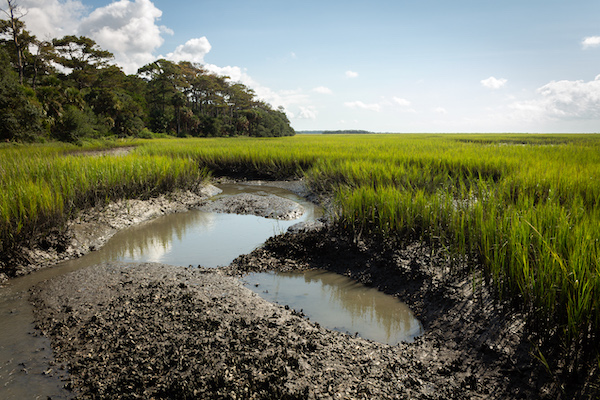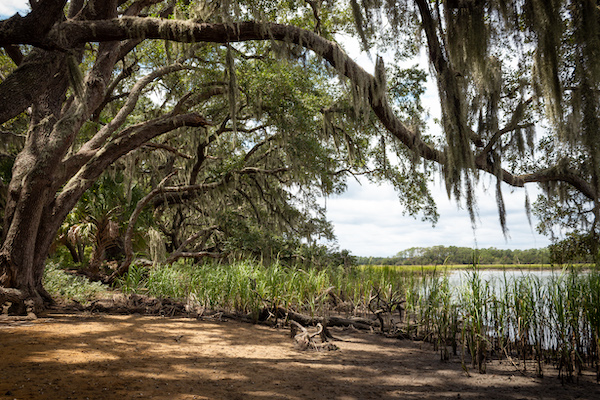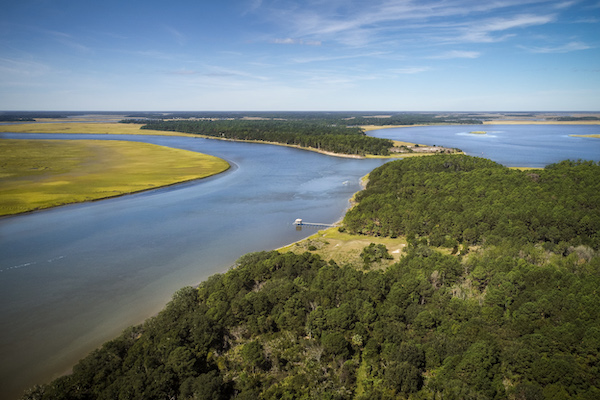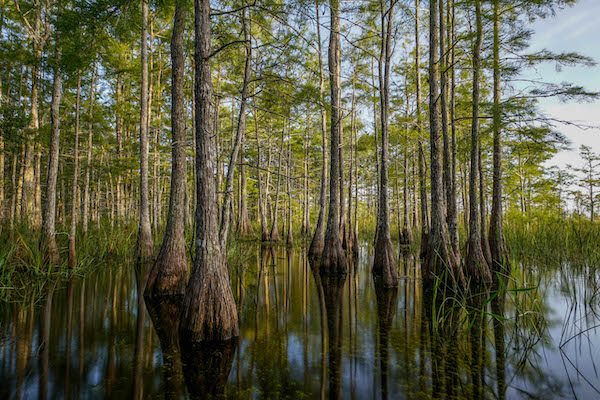The ACE Basin National Estuarine Research Reserve
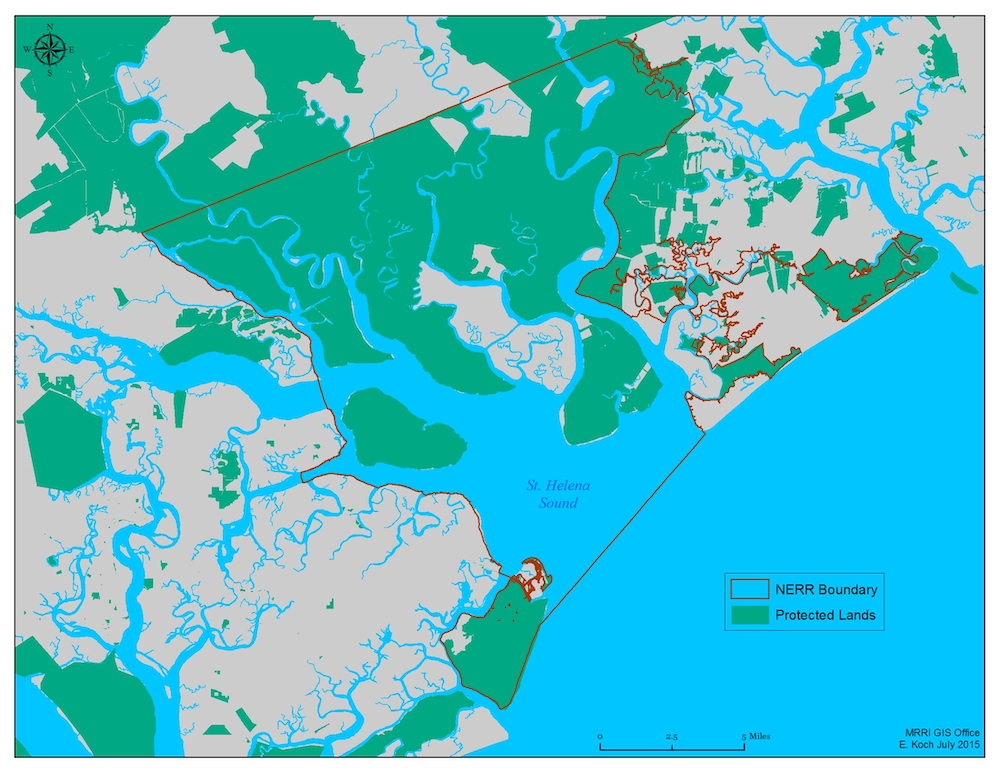
The ACE Basin National Estuarine Research Reserve (NERR) serves as a community hub for coastal science, education and collaboration in the heart of the South Carolina Lowcountry.
Located 45 minutes south of Charleston, South Carolina, the Reserve encompasses nearly 100,000 acres of pine and hardwood uplands, cypress swamps, winding rivers, tidal marshes, oyster reefs and barrier islands. These protected lands are part of the greater ACE Basin, one of the largest undeveloped estuaries on the east coast of the United States. Through long-term research, education and training, ACE Basin Reserve staff and partners work to protect and understand these landscapes.
The ACE Basin Reserve is part of a national system of 30 such reserves dedicated to science-based protection of coastlines and estuaries. Estuaries, the landscapes that form where rivers meet the sea, are vital to coastal communities and quality of life. They protect our health by improving water quality, reduce flooding and erosion and provide a home for countless fish, oyster, crustacean and other wildlife species. Reserves such as the ACE Basin protect over 1.4 million acres across the country and play a critical role in helping communities live in balance with these cherished natural places. South Carolina is fortunate to be home to two NERRs: the ACE Basin NERR and the North Inlet/Winyah Bay NERR. Because the ACE Basin Reserve is part of this national network, we can amplify our impact across the country by sharing innovative tools and lessons learned to further restoration science in the United States.
The ACE Basin Reserve is managed in a joint effort by the South Carolina Department of Natural Resources and the National Oceanic and Atmospheric Administration.
Goals of the Reserve
Science
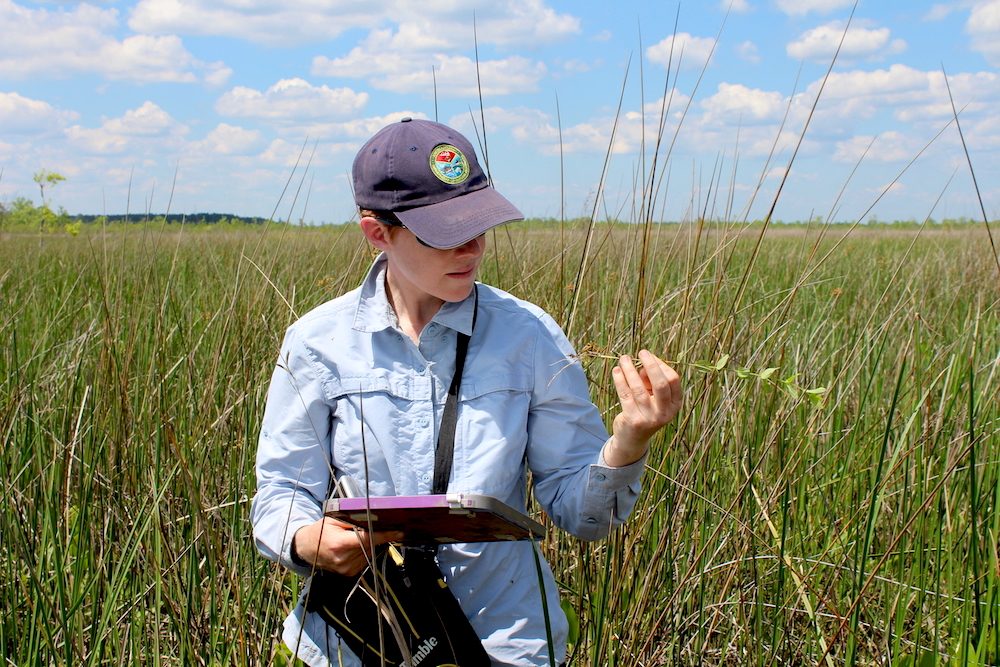
We conduct research to learn more about weather patterns, water quality, habitats, and wildlife populations in the ACE Basin.
Education

We lead educational programs to teach K-12 students and adults alike about South Carolina's natural resources and the science of protecting them.
Training

We provide professional training opportunities for coastal community members to promote balanced relationships with our natural resources.
Conservation

We maintain healthy coastal habitats for wildlife and humans as well as directly foster stewardship in our community.
Where We're Located
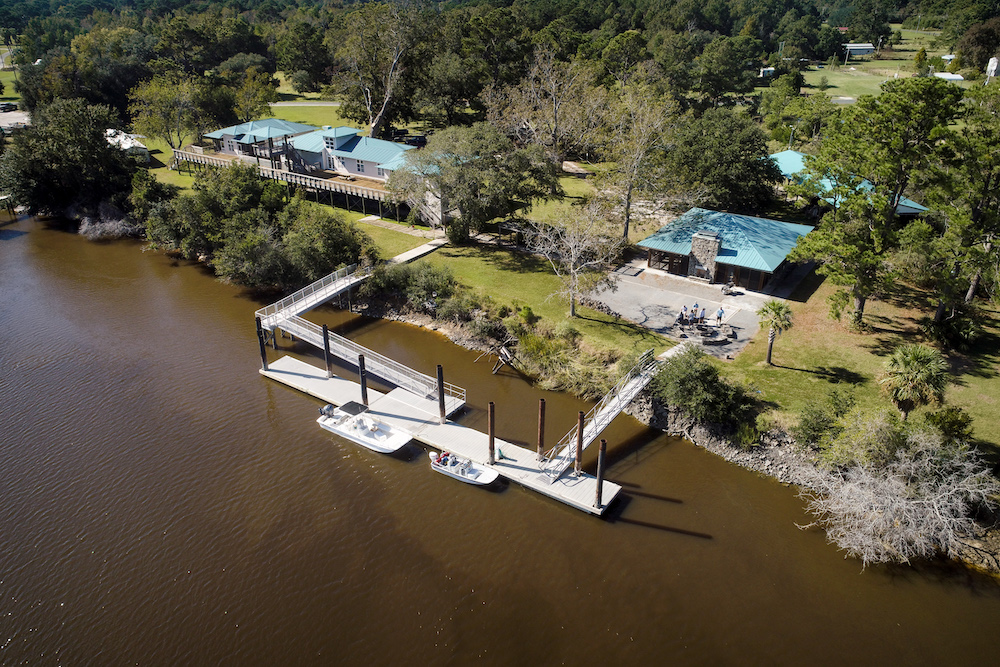
McKenzie Field Station
The ACE Basin NERR operates the Michael D. McKenzie Field Station at Bennett’s Point, South Carolina, 45 miles south of Charleston. The 4,000 square-foot facility contains offices, wet/dry labs, a conference room and an outdoor classroom. Dormitory and kitchen accommodations and docking facilities are available free of charge for overnight stays by visiting scientists.
Science related school groups and naturalists visit the field station for a variety of educational outdoor activities.
To reserve the facilities, contact the McKenzie Field Station at MckenzieFieldStation@dnr.sc.gov.
Learn More About the McKenzie Field Station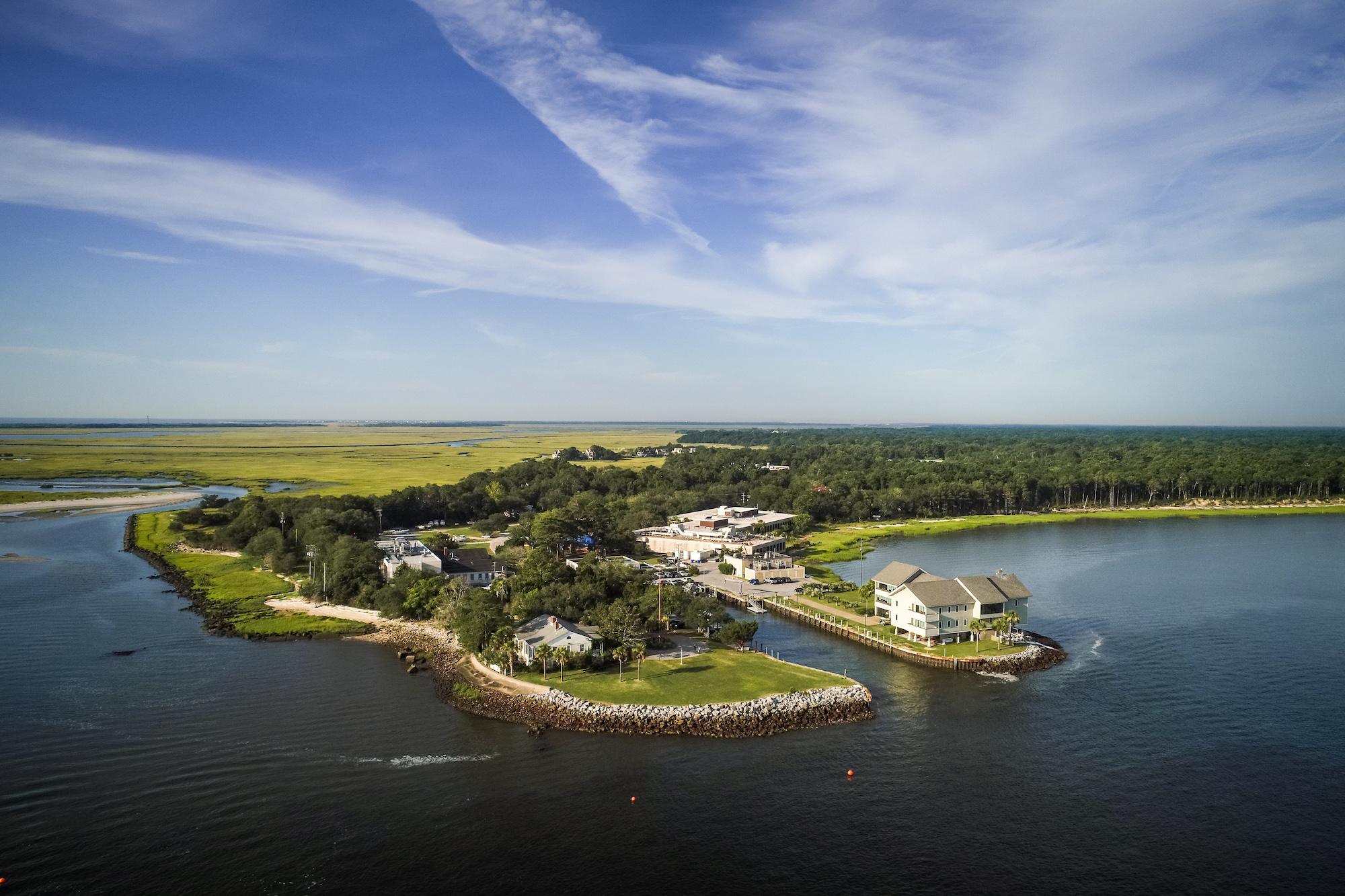
Marine Resources Center
Many of the Reserve’s staff are based at SCDNR’s marine headquarters in Charleston, South Carolina. The Marine Resources Division is housed on a roughly 100-acre historic campus overlooking Charleston Harbor that features modern research facilities, the Marine Resources Library, indoor/outdoor classrooms, a boat slip for large research vessels and partner institutions including the College of Charleston, the National Oceanic and Atmospheric Administration and National Institute of Standards and Technology.
Learn More About the Marine Resources Center
Botany Bay Plantation Heritage Preserve/Wildlife Management Area
ACE Basin NERR staff and volunteers help enrich visitors experience and understanding of the ACE Basin’s cultural history and ecology at multiple locations within the ACE Basin NERR including Botany Bay Heritage Preserve and Wildlife Management Area (HP/WMA. )
Botany Bay HP and WMA | SCDNR Public LandsWildlife of the ACE Basin



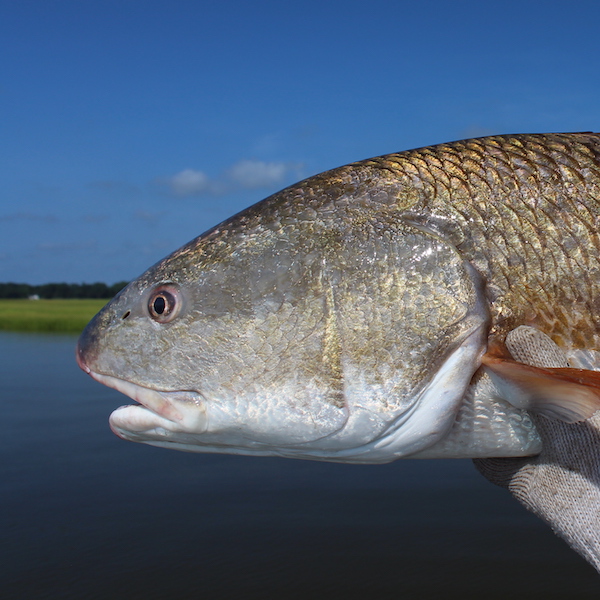
Landscapes of the ACE Basin
